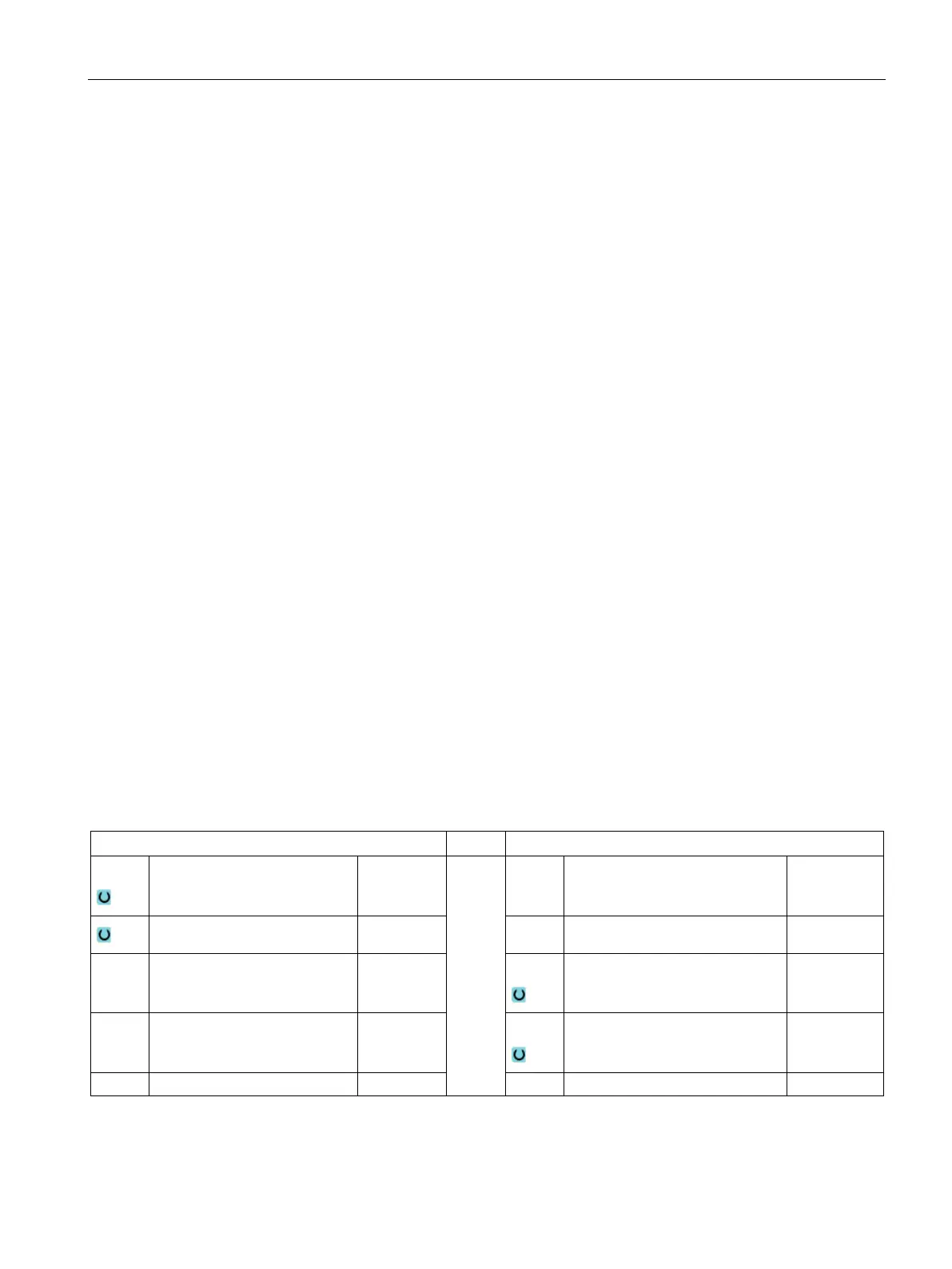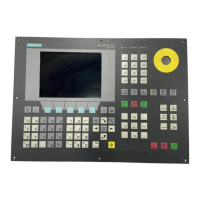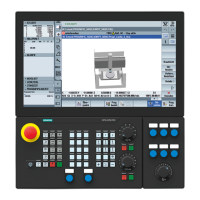Programming technology functions (cycles)
9.4 Milling
Turning
Operating Manual, 01/2015, 6FC5398-8CP40-5BA2
511
There are various ways of defining variable text:
● Date and time
For example, you can engrave the time and date of manufacture on a workpiece. The
values for date and time are read from the NCK.
● Quantity
Using the workpiece variables you can assign a consecutive number to the workpieces.
You can define the format (number of digits, leading zeroes).
The place holder (#) is used to format the number of digits at which the workpiece counts
output will begin.
If you do not want to output a count of 1 for the first workpiece, you can specify an
additive value (e.g., <#,$AC_ACTUAL_PARTS + 100>). The workpiece count output is
then incremented by this value (e. g. 101, 102, 103,...).
● Numbers
When outputting number (e. g. measurement results), you can select the output format
(digits either side of the point) of the number to be engraved.
● Text
Instead of entering a fixed text in the engraving text field, you can specify the text to be
engraved via a text variable (e. g., _VAR_TEXT="ABC123").
You can engrave the text mirrored on the workpiece.
If you want to distribute the characters evenly around a full circle, enter the arc angle
α2=360°. The cycle then distributes the characters evenly around the full circle.
Parameters, G code program
Parameters, ShopTurn program
PL
Machining plane T Tool name
Milling direction D Cutting edge number
RP Retraction plane mm F
Feedrate mm/min
mm/tooth
SC Safety clearance mm S / V
Spindle speed or constant cut-
ting rate
rpm
m/min

